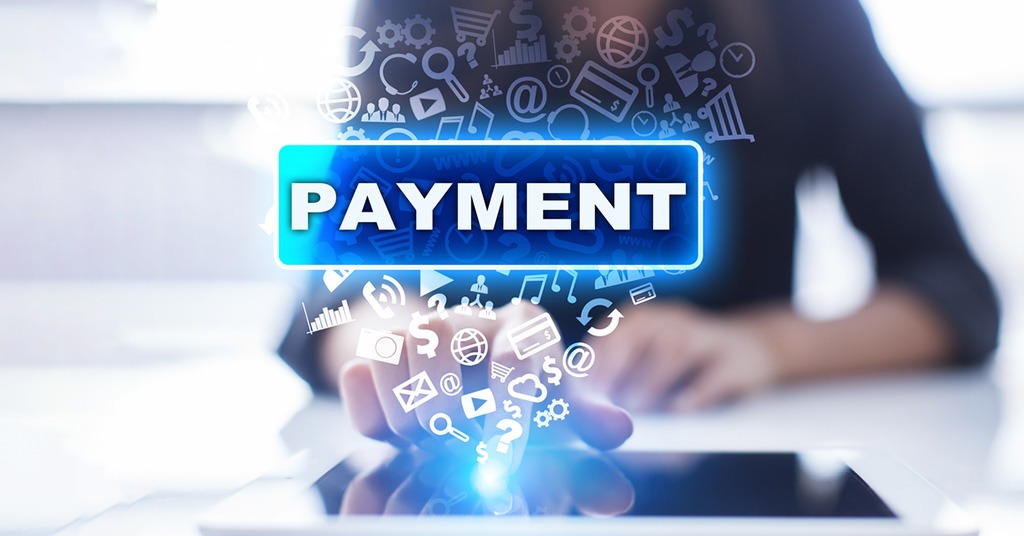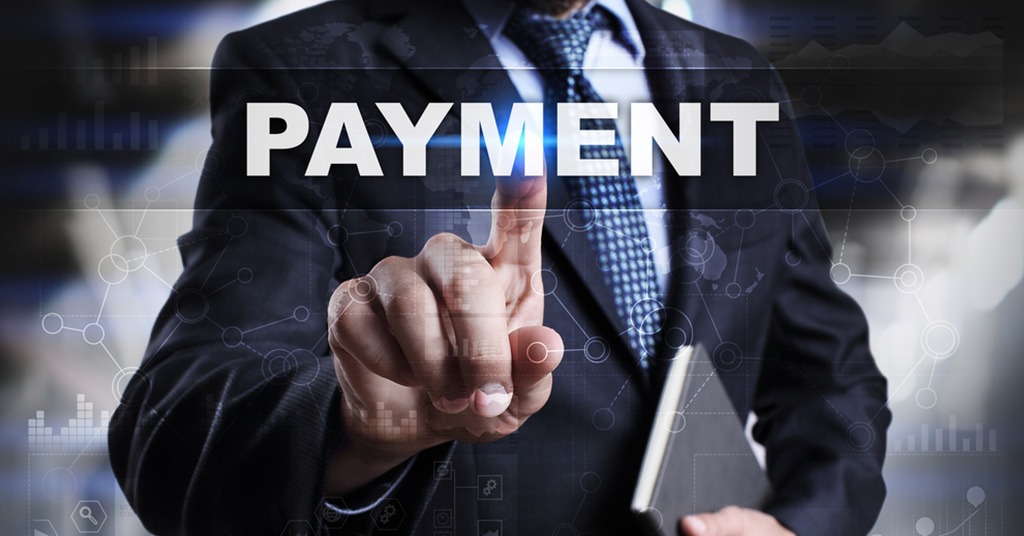What is payment processing?

Payment processing explained: how it works and who participates. Source: shutterstock.com
Not so long ago, people wouldn’t believe you if you said the money can travel across the globe in seconds. Thanks to international payment processors, it’s not only possible but commonplace now.
As registered by ECB, the total number of non-cash payments in the European area exceeded 90 billion in 2018. During the same period, the Federal Reserve System of the US recorded over 174 billion core non-cash payments, comprising debit card, credit card, ACH, and check payments. Can you even imagine the number of transactions processed globally, especially in 2020 when contactless is the new black?
But what exactly is payment processing? Let’s take a look behind the scenes of performing a routine transaction.
Participants
When it comes to cash, everything is simple – one person gives money to another and the deal is sealed. With digital payments, however, the number of participants in any transaction grows. Of course, consumers and merchants remain. But now, the banks where they hold their money got involved.
The issuing bank is a bank where a customer has a debit/credit account. This financial institution provides credit and debit cards to customers on behalf of big card networks. These card associations (e.g. Visa or Mastercard) set interchange rates and qualification guidelines. They act as arbiters between issuing banks and acquiring banks.
The acquiring bank is a financial institution that accepts and processes credit and debit card transactions on behalf of merchants. Therefore, a merchant who wishes to accept card payments opens a merchant account with a suitable acquirer. Then, the account owner can connect this merchant account to a suitable payment processing service.

What is payment processing? Source: shutterstock.com
As an alternative, there may be third-party payment processors involved in the account setup. Such entities help you receive payments online from your customers without first opening your own merchant account with a bank. Many SMEs prefer this option to avoid regular account maintenance fees, the application process, paperwork, etc.
Naturally, even in the latter case, the acquiring bank is still part of the deal. However, merchants don’t cooperate with them directly. Instead, a third-party processor may hold a joint merchant account for its clients. Basically, merchants become sub-contractors.
Businesses can choose to use one payment processing company with a separate POS provider, or they can choose an all-in-one solution that offers both the POS system and payment processing services. These are known as payment services providers.
How payment processing works
So, why are all these parties needed to perform a simple transaction? Let’s track the money movement from one account to another.
First, the customer confirms a transaction via some kind of POS. The payment information they provided at the moment (transaction amount, credit/debit card details, etc.) gets encrypted by the payment gateway/processor.
The standard fraud prevention mechanisms include EMV chip technology, Payment Card Industry Data Security Standard (PCI DSS) compliance certifications, advanced encryption, and tokenization.
The encrypted information needs to be verified and authenticated. Therefore, a payment processing company or financial institution checks credit card validity, available funds, card limits, and other critical data. Modern AI algorithms allow to spot unusual or suspicious payment activity before any fraudulent transaction takes place. Necessary requests must be made to the card association before it gets authorized by the issuer.

The encrypted information needs to be verified and authenticated. Source: shutterstock.com
The final say in approving the transaction is after the issuing institution. If everything seems fine, the issuing bank sends money to the processor. Transactions can be declined for insufficient funds or available credit, if the cardholder’s account has been closed or expired, if a payment is overdue, if the card details like CVV code were incorrect, and because of several other factors.
Once the money transfer is approved, the issuing bank forwards the acquiring bank a money credit that is used to deposit the requested amount into the relevant merchant account. Often, a third-party payment processor does all the heavy lifting. However, in many cases, your merchant bank is also your payment processor.
Finally, the money deposit lands in a merchant’s account, and the cardholder who bought something online or at the brick-and-mortar location is charged.
Authorization requests may be sent across the financial ecosystem both after every single transaction or in batches (once a day, for instance). That’s why the customer’s funds don’t always immediately end up in a merchant’s account. Moreover, with many online deals, money is held in escrow for a while before the buyer confirms a successful delivery.
SEE ALSO:









